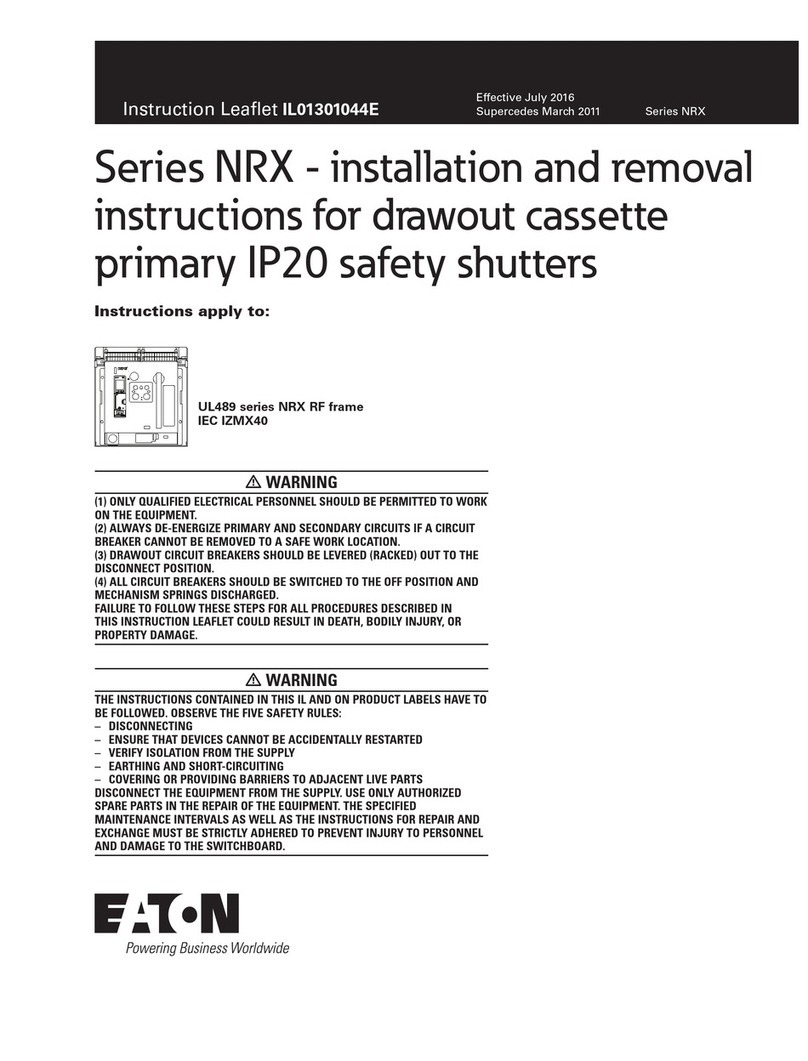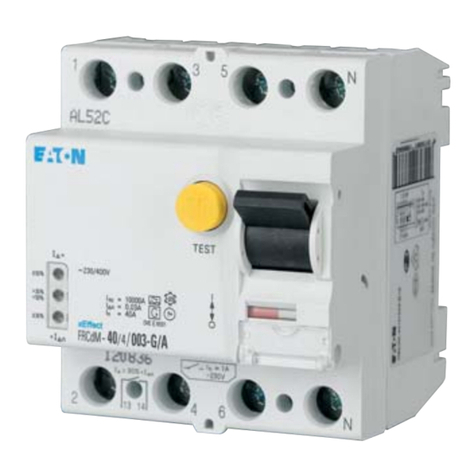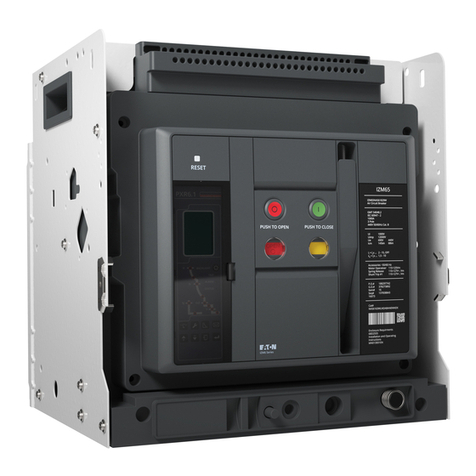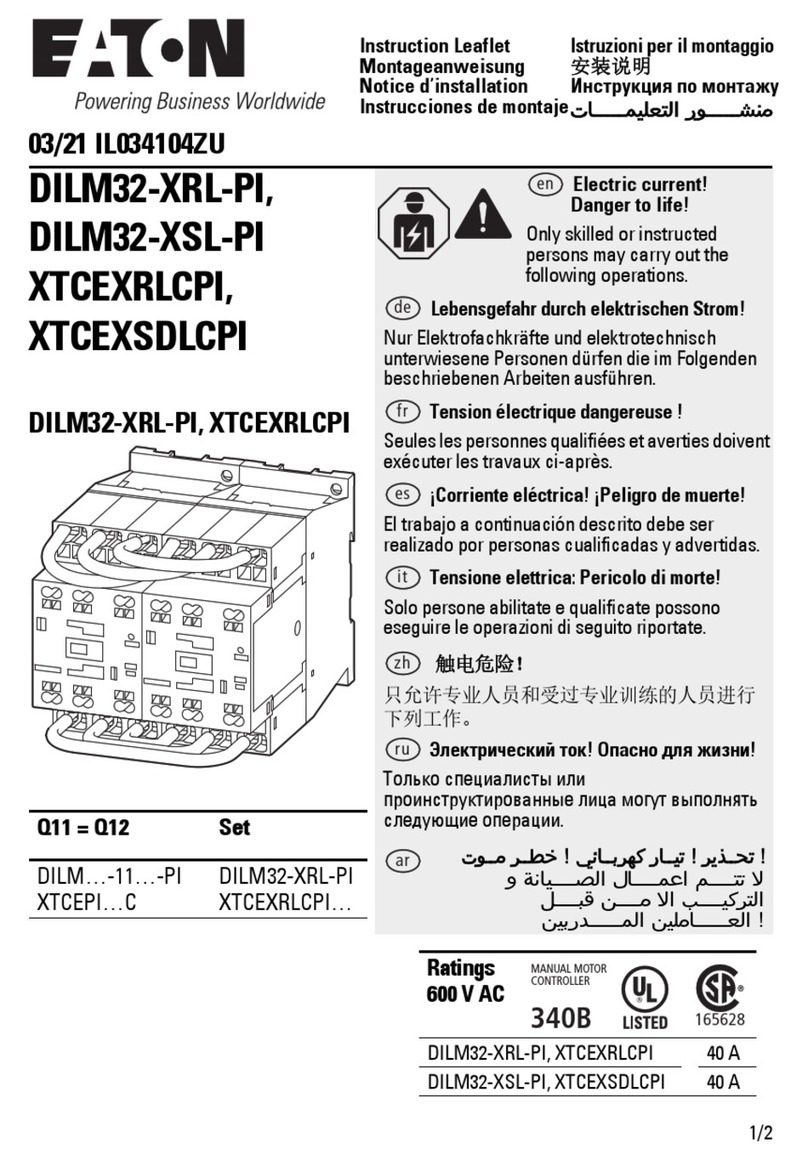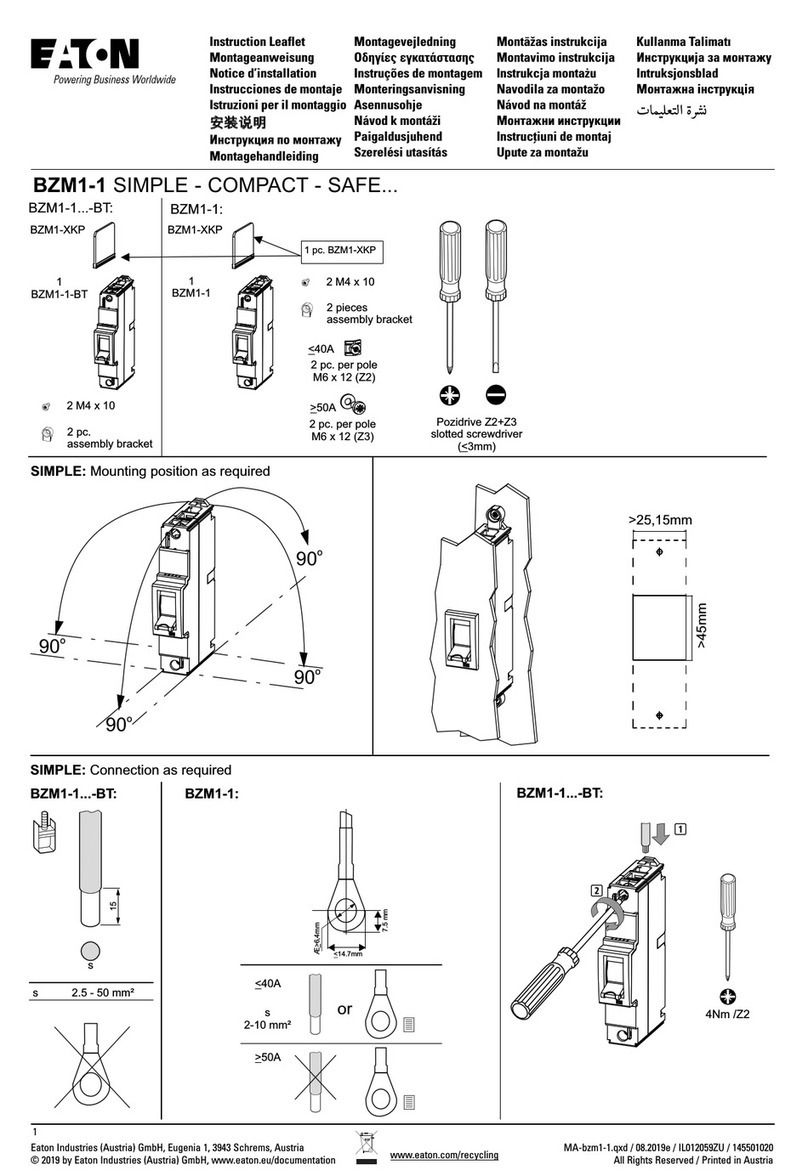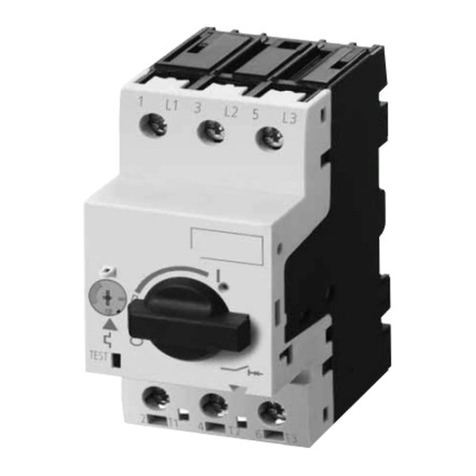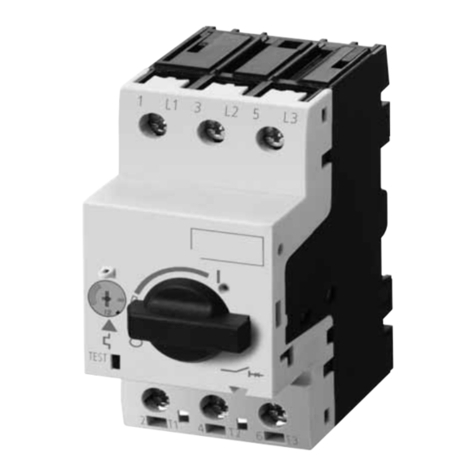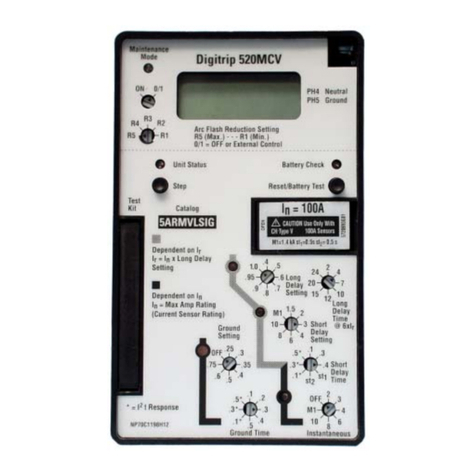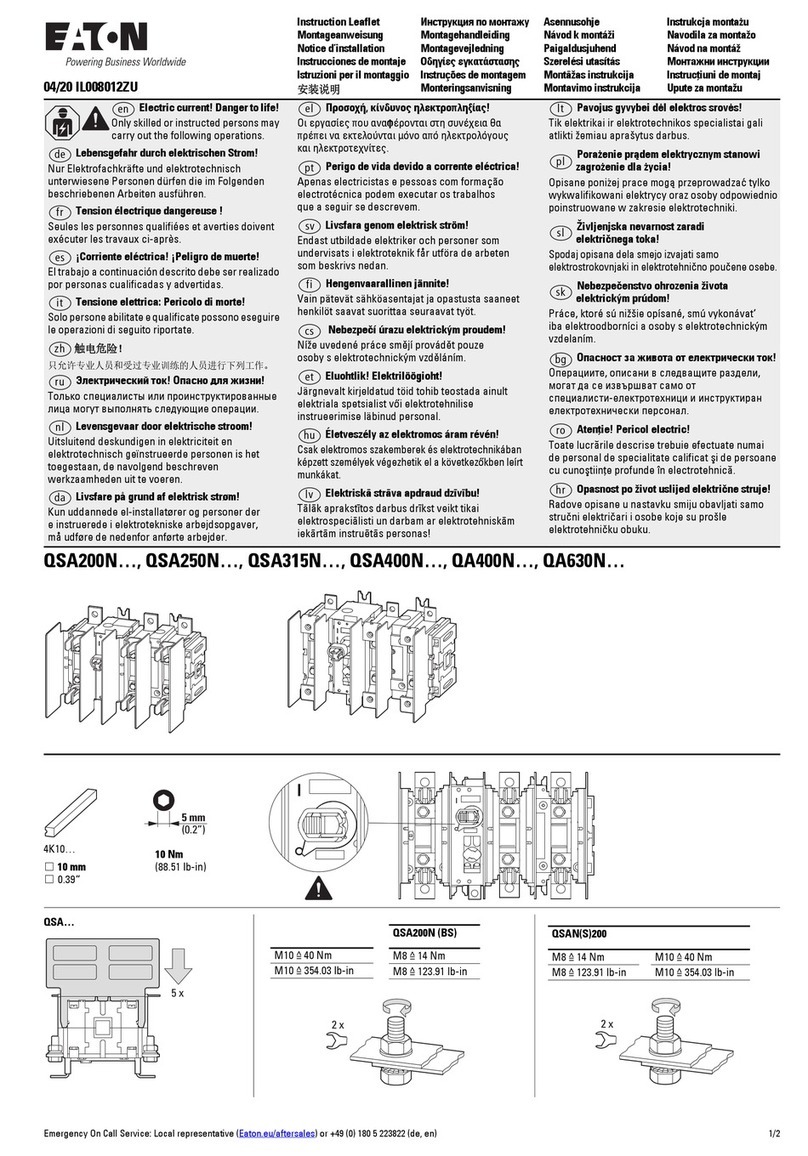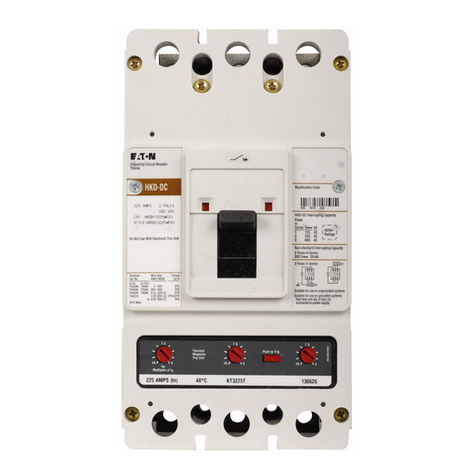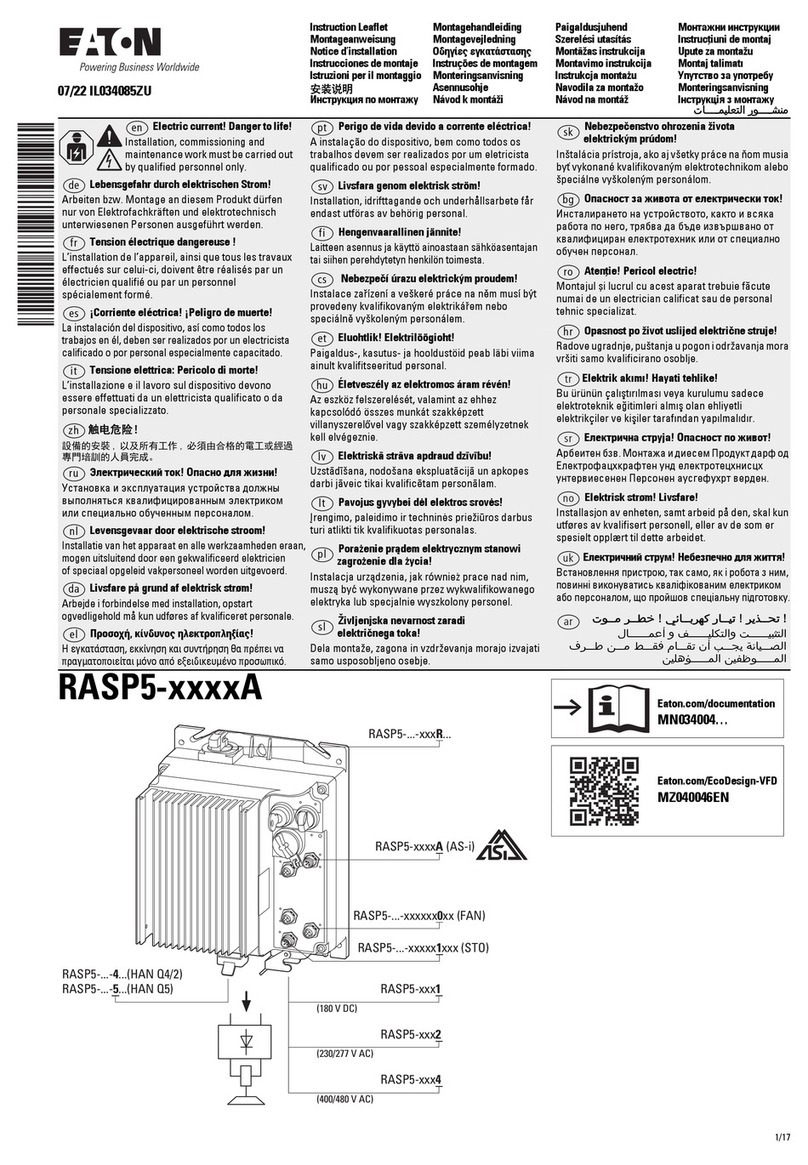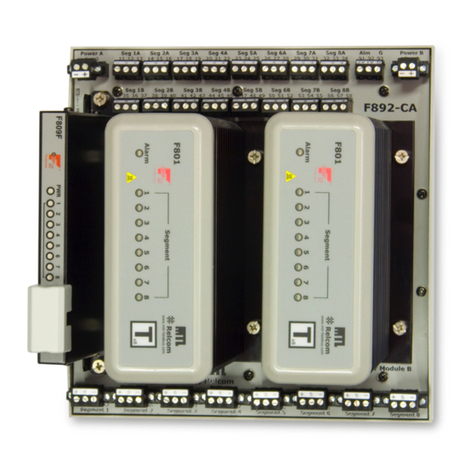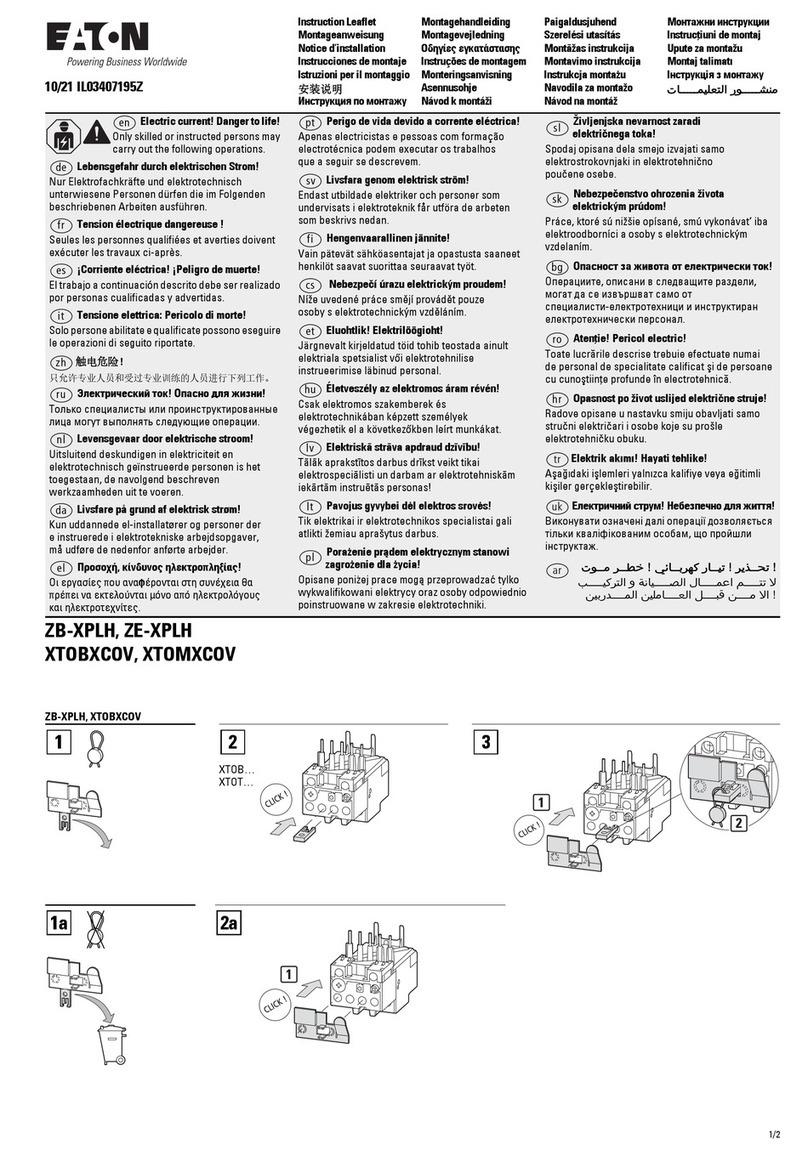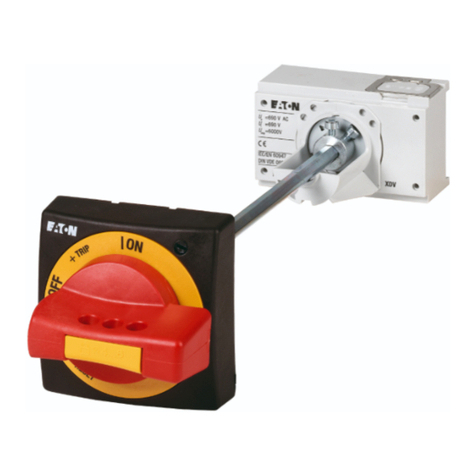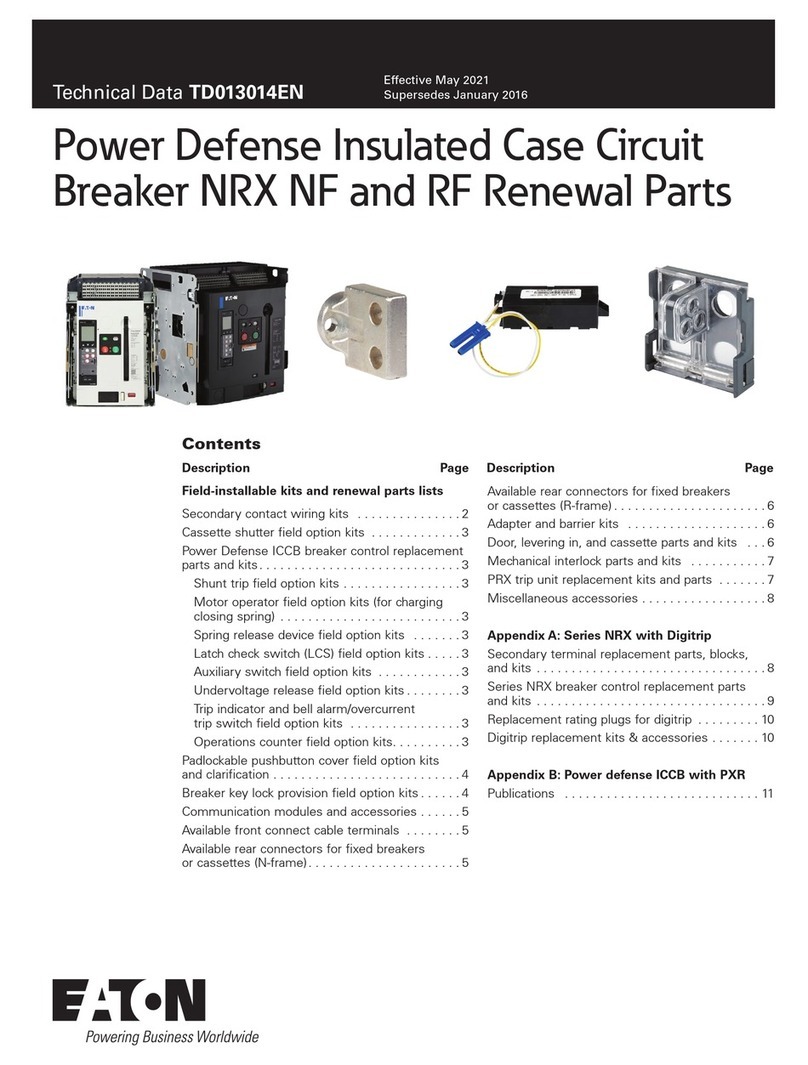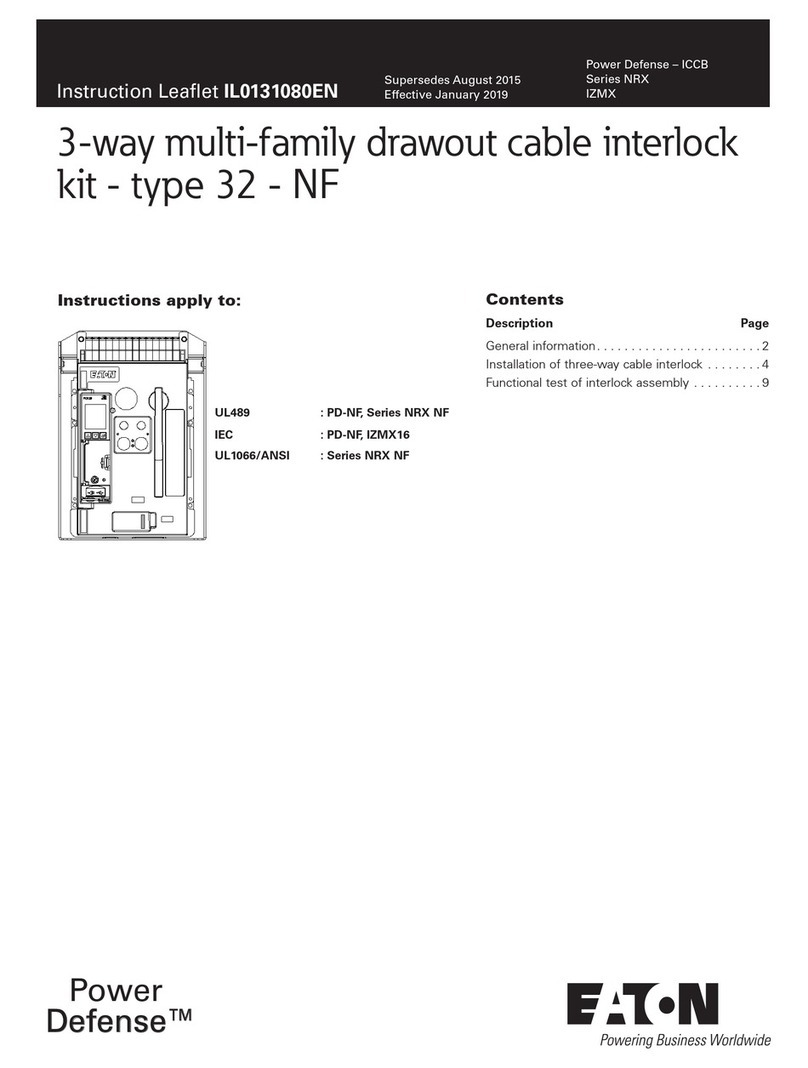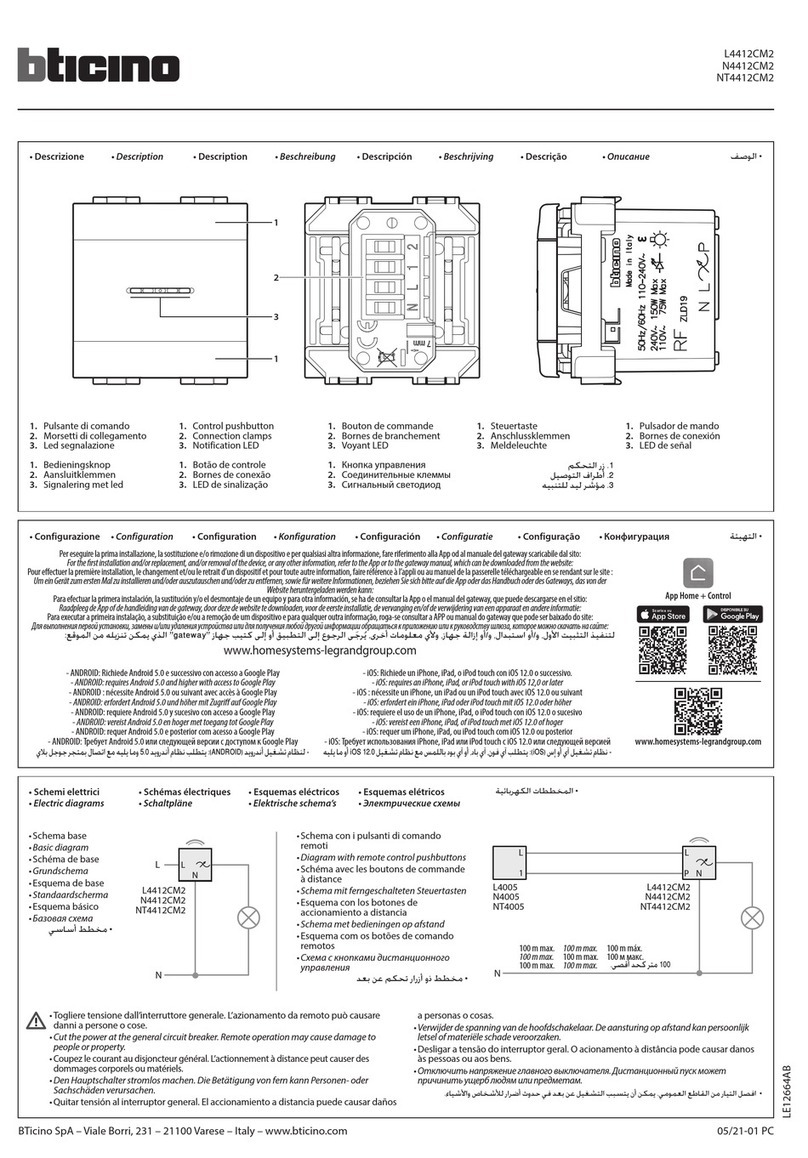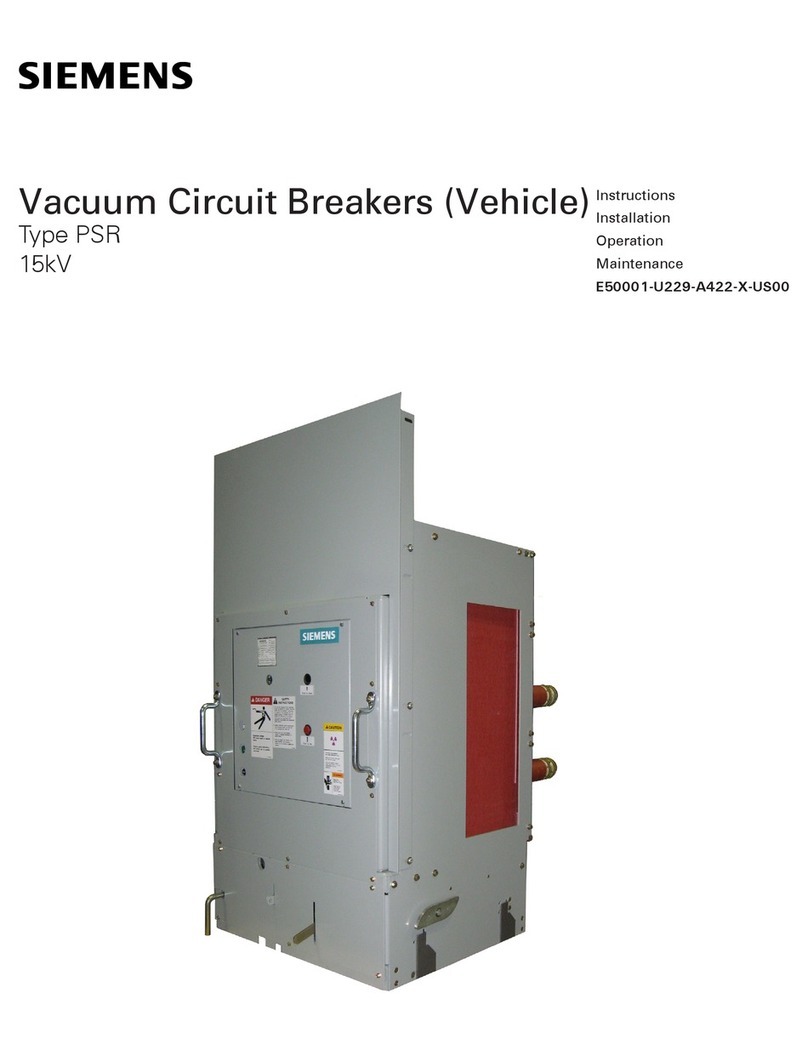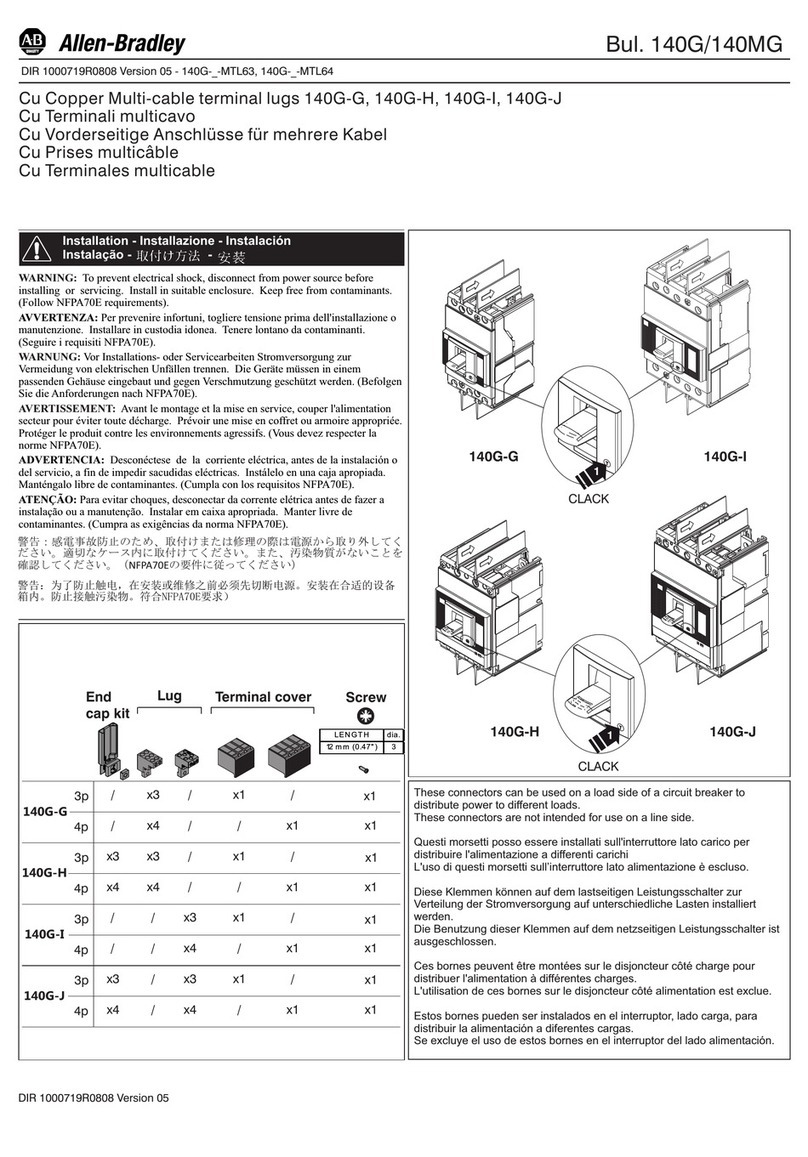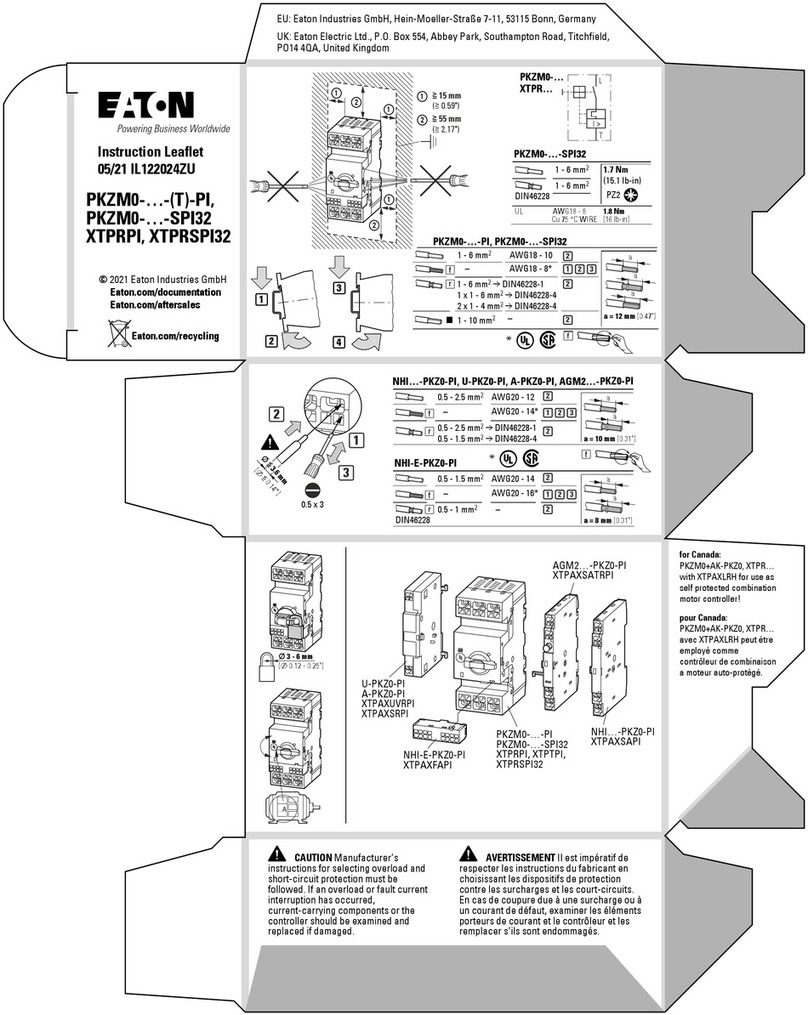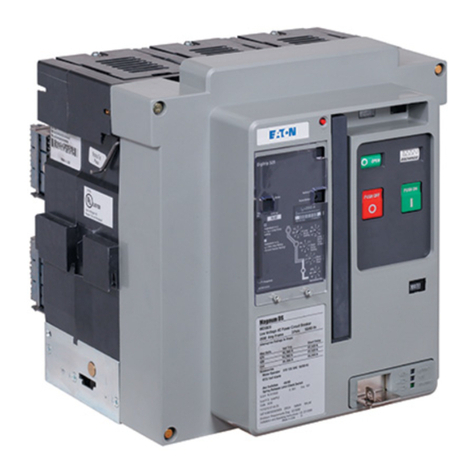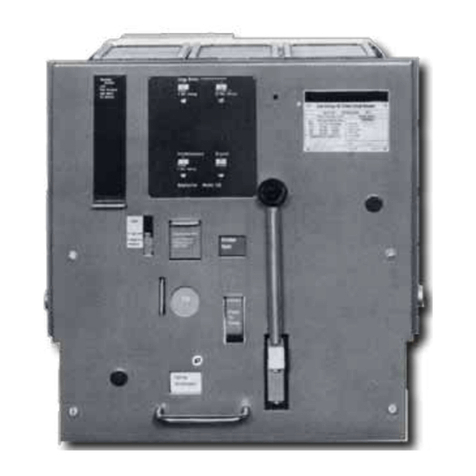
Figure
39
40
41
42
43
44
45
46
47
48
49
50
51
52
53
54
55
56
57
58
59
60
61
62
63
64
65
66
67
68
69
70
71
72
73
74
75
76
77
78
79
80
81
82
83
84
85
Title
Type DS-416 Pole Unit
Assembly-
Front View
..................................
.
Type DS-416 Pole Unit
Assembly-
RearView
..................................
.
Type DS-420 Pole Unit Assembly -Front
View
..................................
.
Type DS-420 Pole Unit Assembly -Rear
View
..................................
.
Type DS-632 Pole Unit Assembly -Front
View
..................................
.
Type DS-632 Pole Unit Assembly -Rear
View
..................................
.
Type DS-840 Pole Unit Assembly -Front
View
..................................
.
Type DS-840 Pole Unit Assembly -Rear
View
..................................
.
Moving and Stationary Contact Details DS-206
.................................
.
Moving and Stationary Contact Details DS-416
.................................
.
Moving and Stationary Contact Details DS-420
.................................
.
Moving Contact Details DS-632
.............................................
.
Stationary Contact Details DS-632
...........................................
.
Moving Contact Details DS-840
.............................................
.
Stationary Contact Details DS-840
...........................................
.
Breakerwith Barrier Removed to Show Mounting
of
Arc Chutes
....................
.
DS-206
Arc
Chute with Details
..............................................
.
DS-416/420 Arc Chute with Details
...........................................
.
DS-632
Arc
Chute with Details
..............................................
.
DS-840
Arc
Chute with Details
..............................................
.
Schematic Illustration
of
Tripping System
......................................
.
Standard Amptector II-A Solid-State Trip Unit
...................................
.
Amptector II-A Trip Unitwith Front Cover Removed
..............................
.
Optional Amptector I-A Solid-State Trip Unit
....................................
.
Amptector I-A Trip Unit with Front Cover Removed
..............................
.
Trip Actuator
............................................................
.
DS-840 Breakerwith Front Panel Removed
....................................
.
DS-840 Breaker Rear View Showing Sensors
..................................
.
Undervoltage Trip Device
..................................................
.
Undervoltage Trip Device Operation
..........................................
.
Overcurrent Trip Switch
....................................................
.
Overcurrent Trip Switch Operation
............................................
.
High Load Switch
........................................................
.
Latch Check Switch
.......................................................
.
Latch Check Switch Operation
...............................................
.
Auxiliary Switch Construction Details
..........................................
.
Amptector Trip Unit Test Kit (ForAmptector
1-A
and
11-A)
..........................
.
Test Kit in Operation
......................................................
.
DSL-206 Breaker Side View
................................................
.
DSL-206 Breaker Front View (DSL-416 Similar)
.................................
.
DSL-416 Breaker Side View
................................................
.
Blown Limiter Indicator
.....................................................
.
DS-3200 Fuse Truck FrontView
.............................................
.
DS-3200 Fuse Truckwith Front Cover Removed
................................
.
DS-4000 Fuse Truck Side View
.............................................
.
Contacts and their Adjustment, DS-206 Breaker
.................................
.
Contacts and their Adjustment, DS-416/420 Breaker
.............................
.
Effective October 1998
Page v
Page
43
43
43
43
44
44
44
44
45
46
47
48
49
50
51
52
52
52
52
53
54
55
55
56
57
61
62
62
63
63
64
64
64
65
65
65
66
67
68
69
69
70
70
71
71
73
74
Courtesy of NationalSwitchgear.com
